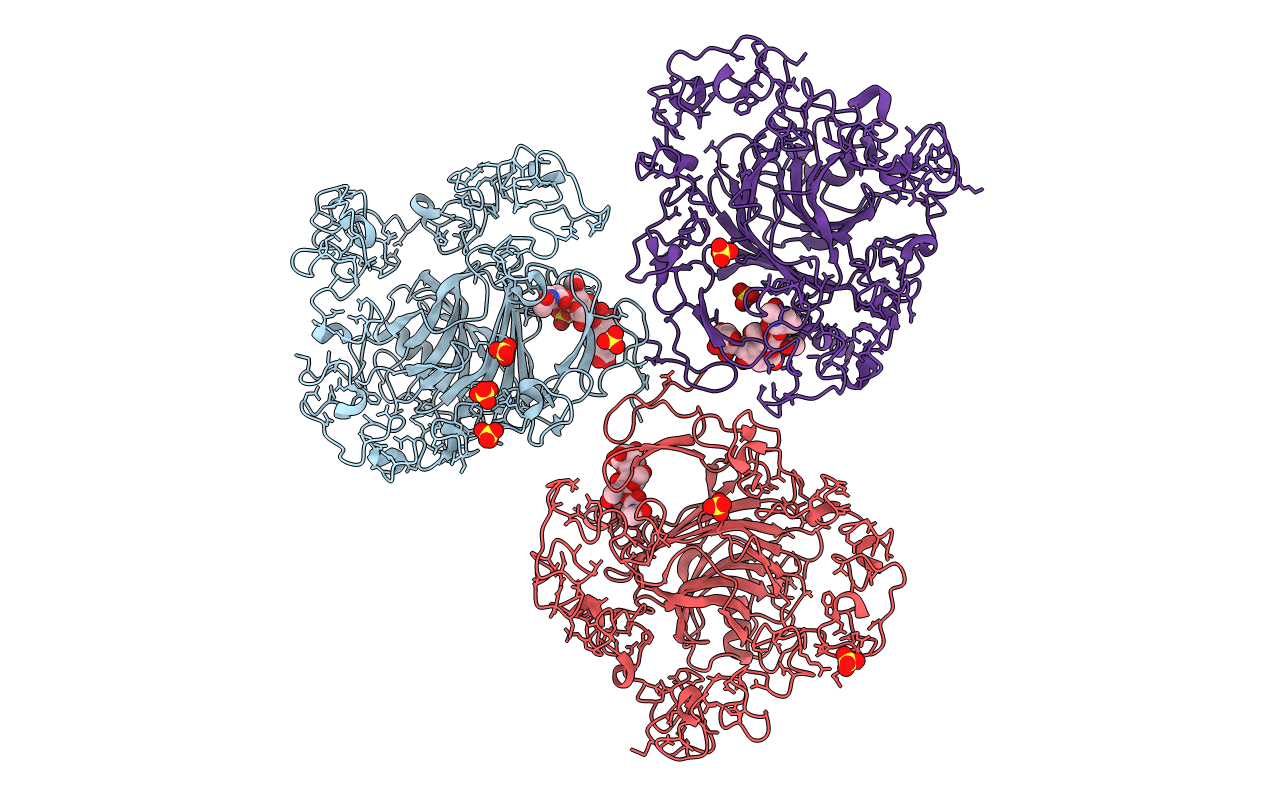
Deposition Date
2008-11-20
Release Date
2009-06-23
Last Version Date
2024-11-20
Entry Detail
PDB ID:
3FBY
Keywords:
Title:
The crystal structure of the signature domain of cartilage oligomeric matrix protein.
Biological Source:
Source Organism:
Homo sapiens (Taxon ID: 9606)
Host Organism:
Method Details:
Experimental Method:
Resolution:
3.15 Å
R-Value Free:
0.26
R-Value Work:
0.20
R-Value Observed:
0.20
Space Group:
P 32 2 1


